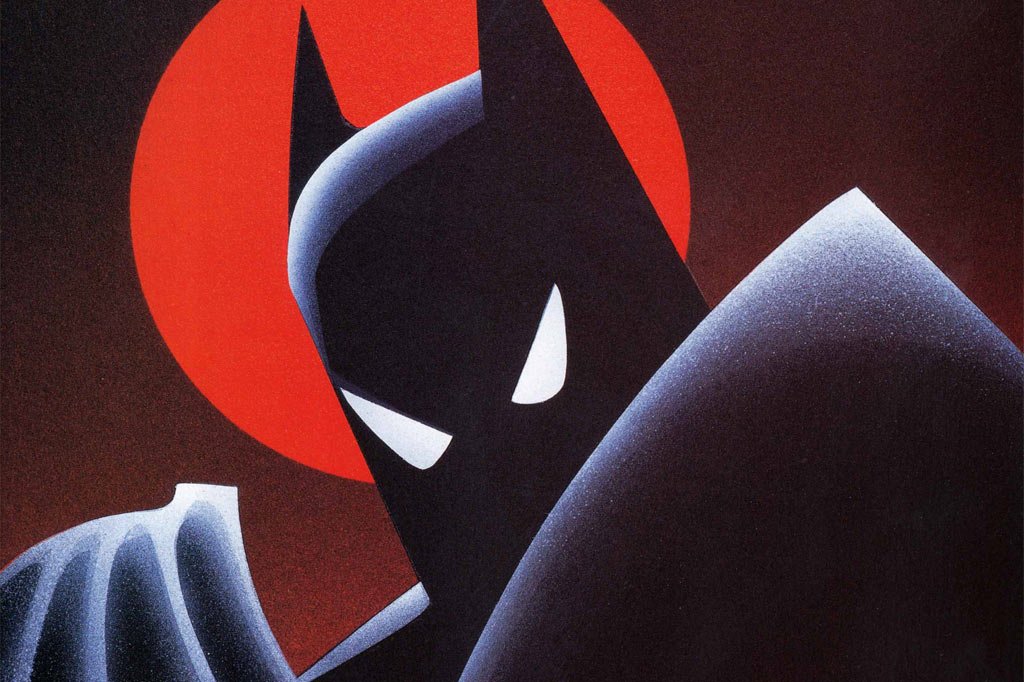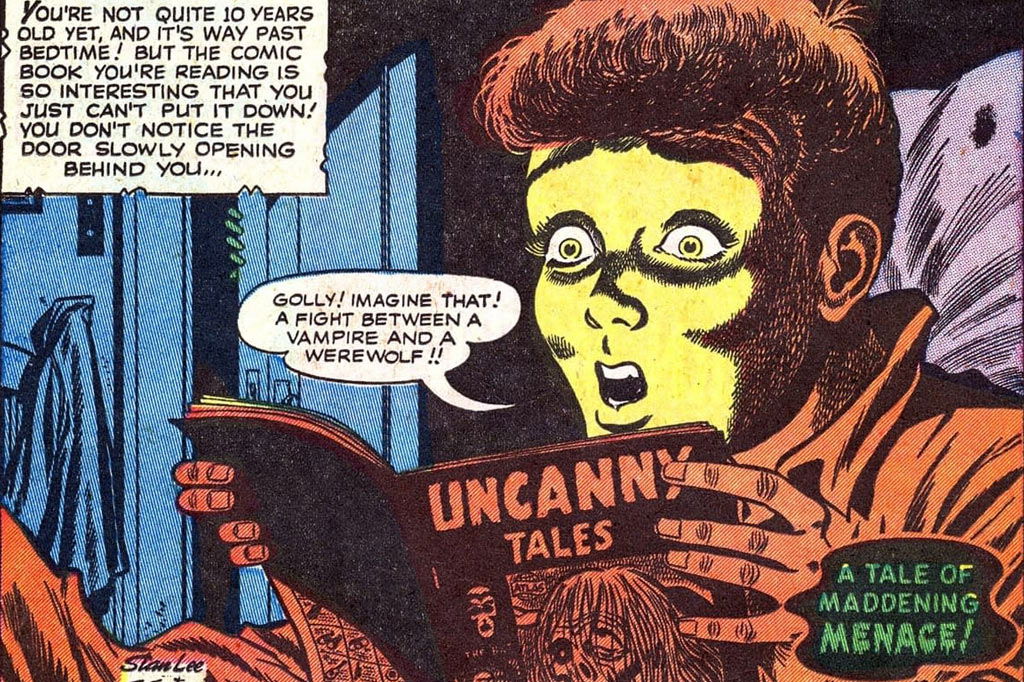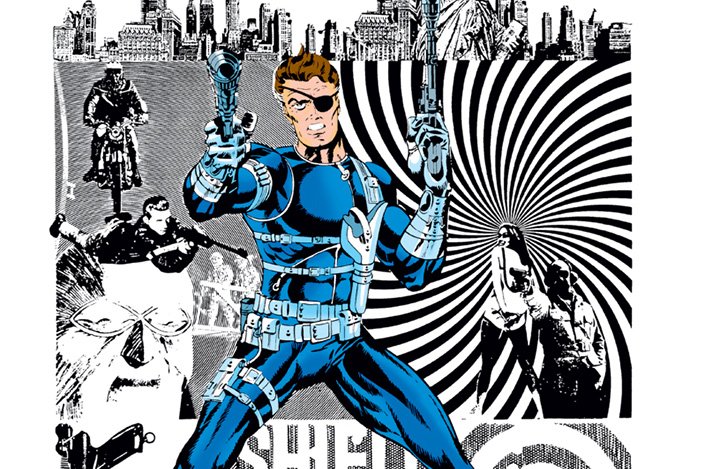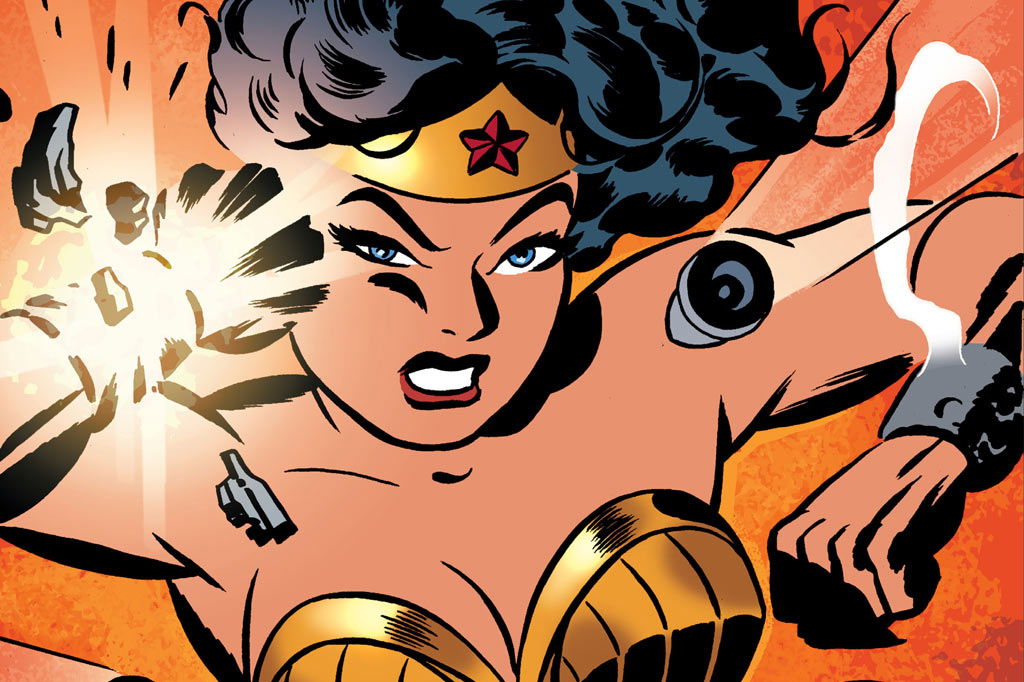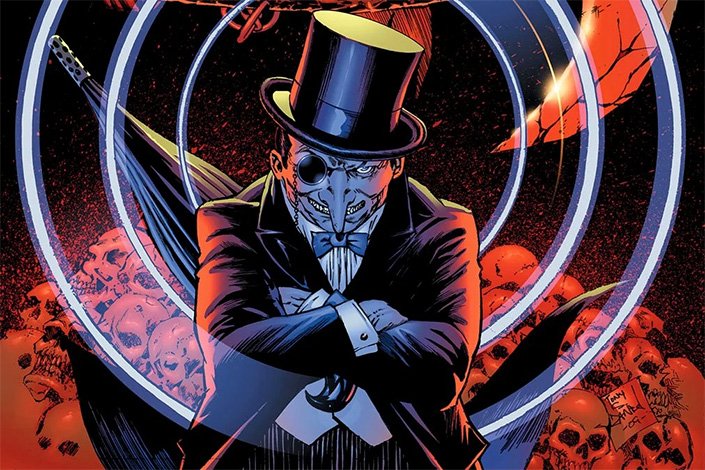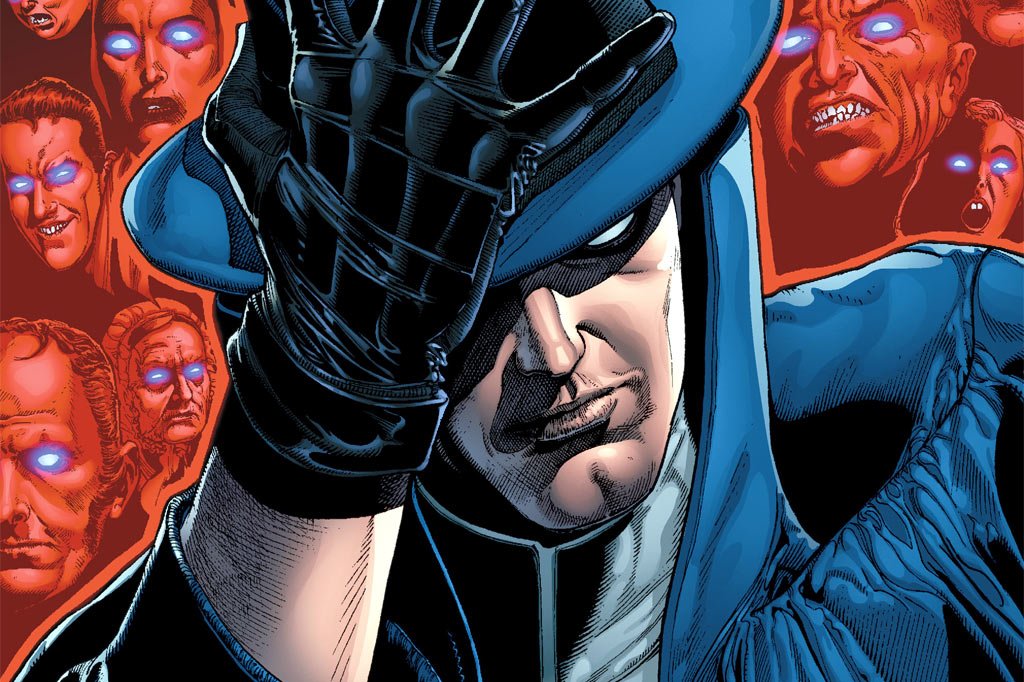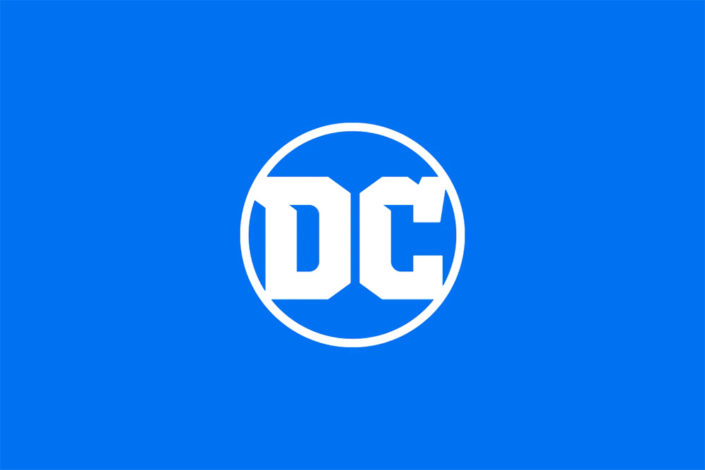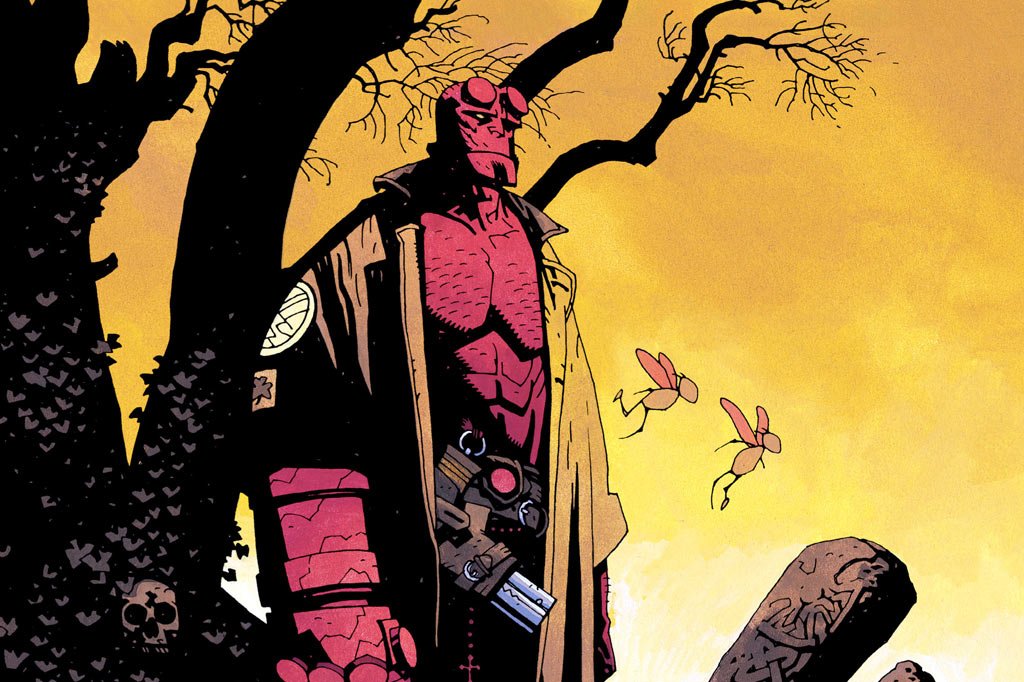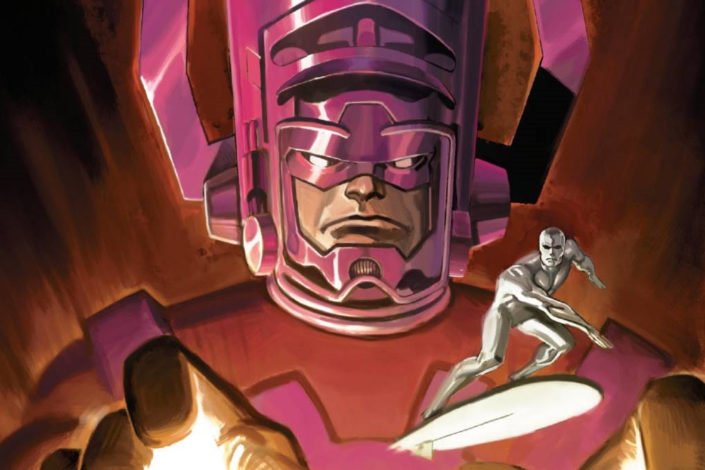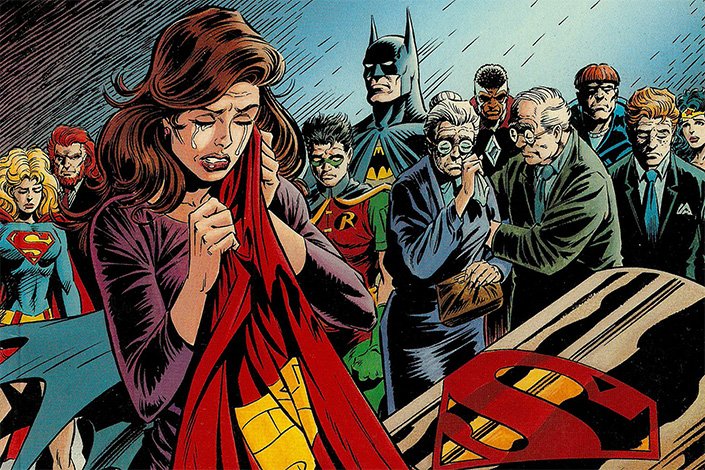Batman: The Animated Series: A Look Back at The Best Adaptation That Ever Is (and ever will be?)
We chose to publish this article today as this is the third Saturday in September, which means it is Batman Day! For more Batman-related articles and reading orders, we invite you to check out our Batman archives!
During the 1980s, as Disney dominated the afternoon on TV, some affiliate stations contacted FOX to ask if the young network wouldn’t be interested in entering that market. This led to the creation of the Fox Kids Network which debuted on September 1990. Margaret Loesh who was head of Marvel Productions at that time was recruited to launch the new venture. To achieve her goals, she started working with Warner Bros. Animation.
It started slow, but things became serious in the third season with shows that eventually impacted a generation of kids and the comic book industries: X-Men and, of course, Batman: The Animated Series!
